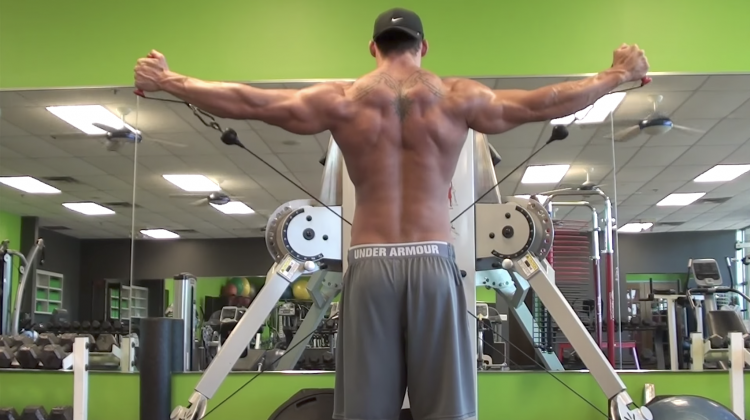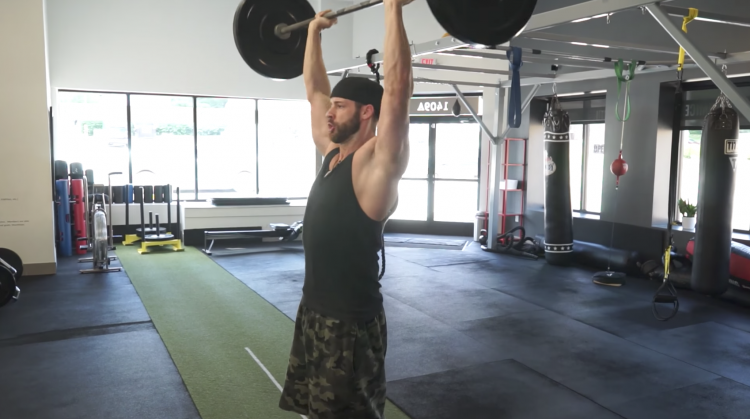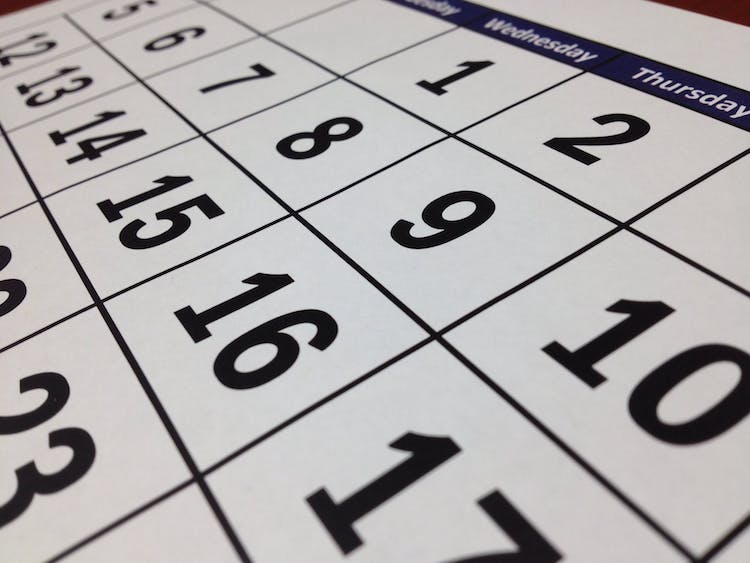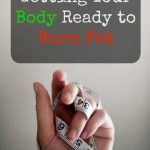Shoulder Health: Importance and Safe Lifting Techniques
Joint injuries are an all too frequent occurrence among both athletes and recreational lifters, and none are more common than shoulder injuries! Hip, knee and low back problems are commonplace, as well -particularly among the older crowd – but lifters young and old seem to always be screwing up their shoulders.
Is this how it has to be? Are you and the other gym rats you know doomed to suffer shoulder problems if you lift long enough? Hardly! Some people are certainly more injury-prone than others, and different body structures necessitate different exercises and rehab techniques, but anyone can keep their shoulders healthy for the long haul. Read on to find out some of my top tips for shoulder heath!
The Most Mobile Joint

So, why are the shoulders so prone to aches, pains and debilitating injuries? They’re the most mobile joints in the body! The shoulders’ ball-and-socket structure allows them to move the upper arms through several types of motion – rotation, adduction, abduction, extension and flexion. All that mobility is certainly useful for complicated tasks, but it also requires lots of “moving parts” – small, delicate structures like the rotator cuff that can easily be damaged.
Fortunately, keeping those tissues healthy is mainly a matter of lifting smart with great technique, as well as strengthening supportive muscles with the right exercises.
Proper Pressing

Before you worry about building up your shoulders, you need to know how to avoid tearing them down! For just about every lifter, shoulder safety should start with rock-solid technique on pressing movements – especially the bench press.
While you might think the military press and other shoulder exercises would be the most likely to lead to injuries, most lifters screw their shoulders up on the bench. In my experience, the number one reason for these injuries is a flat, loose upper back during heavy sets. When your traps and shoulders are slouched, your shoulders end up hunched forward, and there’s a hell of a lot more grinding on their soft tissues as the bar travels through an unnecessarily long range of motion.
On the other hand, a tight upper back and pinched-back shoulder blades will keep your rotator cuffs, infraspinatus and all of those other small muscles and ligaments in a much safer position. This position takes some practice to maintain, and it’s certainly not comfortable – but a little discomfort is a small price to pay for staying healthy and pain-free! Plus, the shorter range of motion and greater pec and tricep recruitment this position allows will let you to lift far more weight. Given the strength increases, shoulder health and better muscle building you can experience, there’s no reason NOT to tighten up your technique!
Pulling Volume

Aside from perfect pressing technique, the BEST thing you can do for your shoulder health is to train your back! The slump-forward, hunched back look you see among guys with lots of shoulder injuries is a result of prioritizing pressing exercise of pulling exercises for years on end. Not only does it look silly, it’s a great way to set yourself up for injury.
Now, do you need to be just as strong on rows and pull-ups as you are on the bench? Not necessarily. While you can’t afford to slouch on your back movements, everyone’s going to be different with their strength ratios, and I don’t agree that you should be able to chin, pull-up or row a certain percentage of your max bench.
That said, what IS extremely important is to roughly match your training volume of pulls and presses. Don’t get too complicated here by calculating weight x reps x sets to match the total tonnages of each, either. All you really need to do is ensure you’re doing about as many work sets of rows, pull-ups, face pulls and other upper body pulling movements as you are benches, militaries and other pressing exercises. Equal volume will keep your shoulder muscles well-balanced, particularly your rear and front delts.
Exercise Selection

You may not want to hear this, but if healthy shoulders are your goal – and you’re not specifically training for powerlifting or a bench press competition – the flat bench may not be your best bet for building a big chest! I love the flat bench myself, and I think most lifters can make it work for them. However, some people just aren’t built to bench big weights and stay healthy. This isn’t really a matter of limb length, either, as plenty of long-armed lifters can still put up impressive bench presses. But if your shoulders ache even after benching with textbook form, you might want to consider dumbbell presses, incline presses and other tried-and-true movements to build your chest.
Also, whether you flat bench or not, you need to apply the same mentality to military presses, decline presses and every other pressing movement that might put strain on your shoulders. Every muscle can be built by plenty of different movements, so unless you’re training for an event that requires a specific exercise, avoid the ones that cause undo stress on your joints.
Consider Your Split

Now, before you go scrapping your favorite exercises, you should also look at how they’re arranged in your overall program. If you’re using a body part split, and your shoulder day comes right after your chest day, is it any wonder that military pressing usually hurts? The same might be true for close-grip benching the day after regular benching or dips.
There are innumerable ways to organize your movements, body parts and rest, but in general, I like to put at least one day of rest in between each day that involves a pressing movement. So, if you’ve got separate days for chest, shoulders and arms, that probably means you’ll want to arrange those on a Monday – Wednesday – Friday split or something similar, putting back and leg days in between.
Another way to keep your shoulders fresh and help them recover from the stress of heavy pressing movements is to increase not only the volume of your pulling, but the frequency. Whether or not you have one dedicated day for back, try adding in some extra pull-ups, rows or face pulls after your heavy benches and overhead presses. Even done with very light, these extra pulling sessions can serve to balance out the strain on your front delts and rotator cuffs.
Taking Time Off

If all else fails – and you still don’t want to give up the exercises that are bothering your shoulders – you may just need to take some rest! Week after week of heavy pressing will eventually take its toll on your shoulders, elbows and pretty much all of your upper body connective tissues.
I’m not saying you need to take an entire week off, though, and you may not even need to take an “easy” week. If the same old free weight movements are causing you pain, a week spent on lighter exercises for higher reps – even some machines – is a great way to keep your workout intensity high while giving your joints a break. Our bodies can take a beating, but they weren’t exactly designed to become as strong and as muscular as we want them to be, so you’re going to have to get creative when it comes to recovery!











